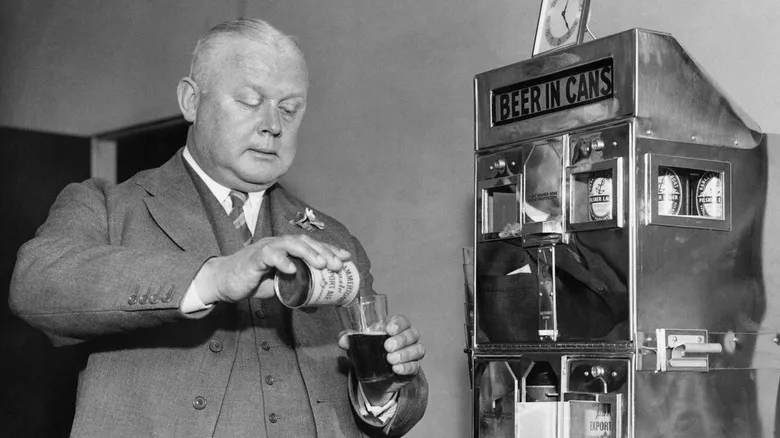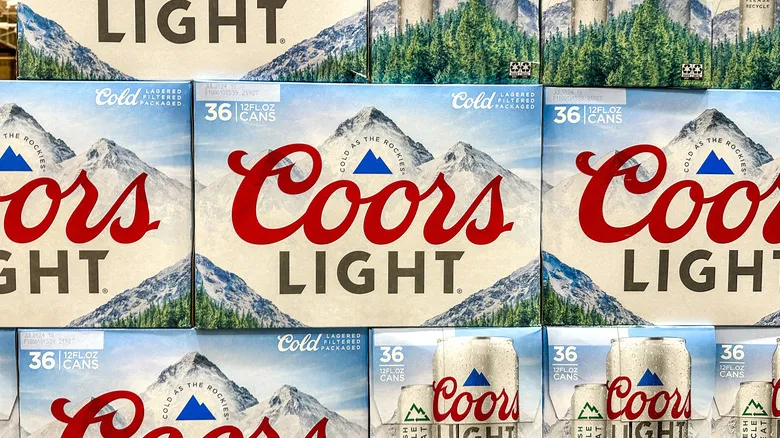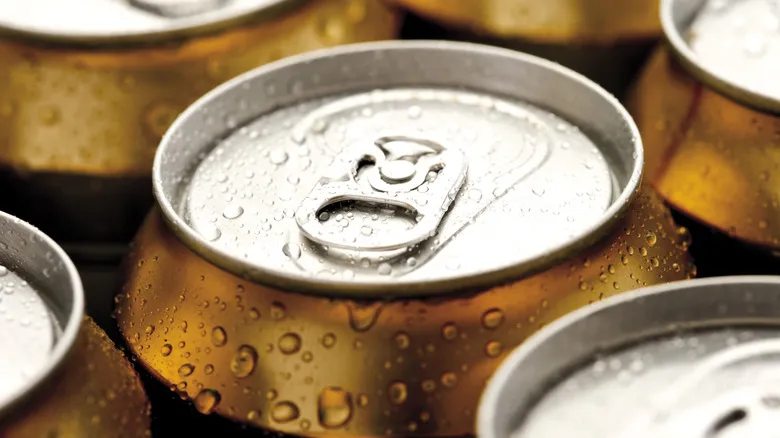Why can beer in the first place?

Bottled beer has existed since the mid-1500s, when the process was first established in England. However, brewers faced several challenges with glass packaging. For one, glass is relatively heavy, making shipping costs high. Additionally, light exposure can spoil the beer, causing it to develop a skunky flavor. This occurs due to a chemical reaction between light and the alpha acids found in hops, which results in undesirable tastes. In contrast, lightweight and opaque materials like aluminum are ideal for packaging beer.
The American Can Company, based in New York City, began efforts to create a metal beer can in 1909 but encountered early setbacks and was ultimately halted by Prohibition, which lasted from 1920 to 1933. By 1934, the company had successfully developed a tin can lined with a vinyl resin called Vinylite. This lining prevented the beer from acquiring any unpleasant metallic flavors and ensured the cans remained intact. In January 1935, the American Can Company collaborated with the Gottfried Krueger Brewing Company from Newark, New Jersey, to produce 2,000 cans of Krueger's Finest Beer and Krueger's Cream Ale, which were sent to Richmond, Virginia, for testing. The response to the new canned beer was overwhelmingly positive. The following year, major players in the brewing industry, Pabst and Schlitz, launched their own canned beers, leading to a significant shift in the market.
Recommended

What Do The Letters 'DDH' Mean When It Comes To Beer?

Coors Light Is Making A Major Change Immediately After The Super Bowl

Why You Should Avoid Ordering Beer And Ale In Frosted Glasses

What Makes A Crowler Different From A Growler When It Comes To Beer?
Next up





